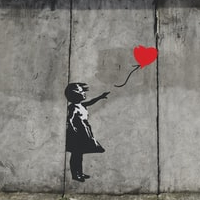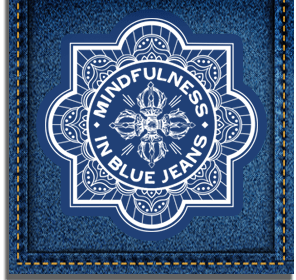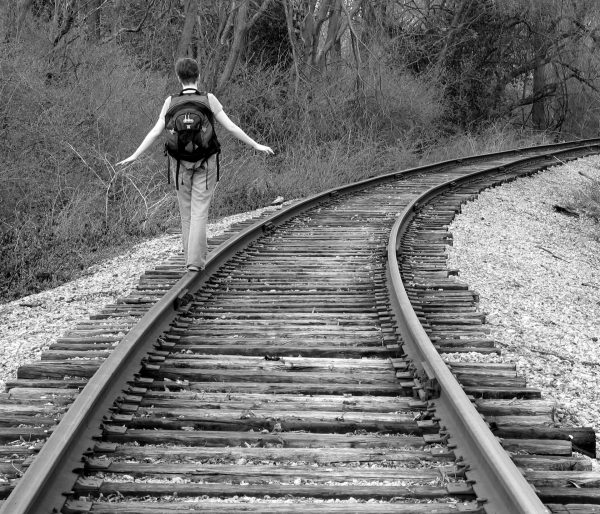Part 1 of Housebound Revisited looked at my first journal entry just after I hit bottom. As I was getting ready to publish this followup, I came across “I’m Grieving During the Coronavirus Pandemic. You May Be, Too” in the New York Times and found that it aligned.
of Housebound Revisited looked at my first journal entry just after I hit bottom. As I was getting ready to publish this followup, I came across “I’m Grieving During the Coronavirus Pandemic. You May Be, Too” in the New York Times and found that it aligned.
In the midst of sudden or unexpected change, our survival mechanisms take over. At some level, most of us are in a holding pattern of fight-or-flight right now … but that’s not meant to be a holding pattern. It’s designed to be a short-term reaction to keep us alive so we can then deal with any other non-mortal concerns (like grief) soon after.
In this situation, however, we have a prolonged threat accompanying (and causing) our loss of life as we know it. Even for those of us fortunate enough not to be directly affected (or have loved ones affected) by the virus, there may be grief waiting to be processed … and it might not be waiting quietly.
When I told my psychologist in 1998 how my life had changed so quickly, he mentioned something fairly obvious that I had completely missed. Through the relentless panic and suffocating depression, I couldn’t see that I was experiencing grief for the loss of stable, long-term anchors I had suddenly left behind forever. I wonder how many of us might be missing a similar nuance through the haze of louder emotions demanding our attention … and whether that might be by well-intentioned – but unsustainable – design.
April 26, 1998
He said I’ve never suffered a “loss” like this before. That struck me; I haven’t been able to get that phrase out of my mind. Am I not depressed so much as grieving? Am I exhibiting symptoms like someone dealing with the death of a loved one?
I’m having difficulty getting through Sundays. I have a long history of feeling (situational) depression on Sundays anyway.
The most depressing part right now is not being able to see the end of the tunnel. Am I making it worse by being concerned about that?
I used to have lots of success and positive feedback in school and I realize how much I miss that. Now I’m in an area where I enjoy the work, but feel less confident because I’m still new, and these things are harder for me to grasp than psychology was. Sometimes I feel like I don’t know anything and I get worried when I feel that way.
April 28, 1998
I’m not used to feeling depressed without anger. At least anger gave me energy (and focus).
Heh. Yeah. The first recognition of the symbiotic relationship between fear/depression/anxiety and anger. What did Obi-Wan say about taking a first step into a larger world?


